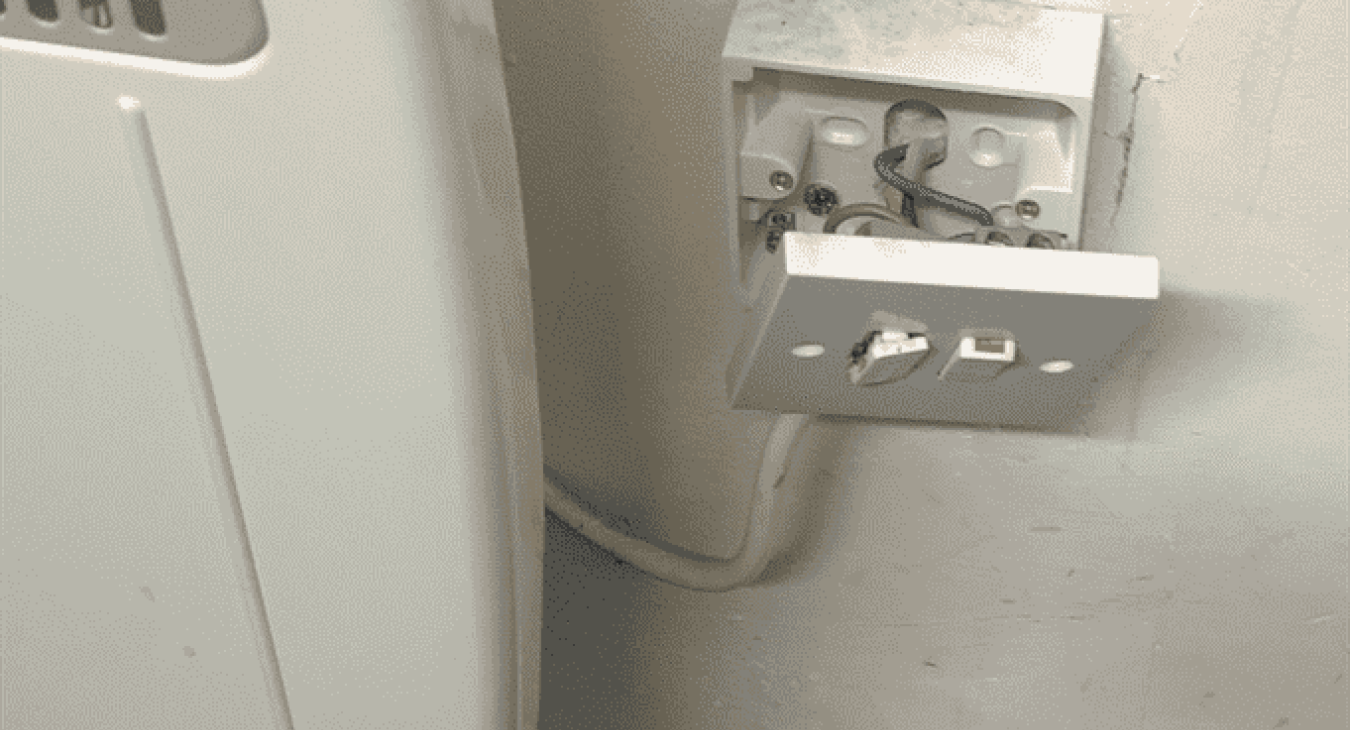Burnt fused spurs! Lots of them! A common mode of failure when they're used to power:
- immersion heaters
- fan heaters
- wall heaters
- washing machines
- tumble driers
You'll notice every single one of these devices heats up. Electrical devices that heat up tend to be considered high power - commonly between 2-3KW. And they tend to be used quite heavily most days ie on for a fair amount of time.
The problem with having these sorts of devices rated at 3KW running for extended periods of time is that when a 13A fuse is involved, that fuse is pulling - in the case of 3KW devices - very very close to 13A. That fuse is going to start getting toasty, ready to pop but never quite being sent over the edge. This unwanted heating process, in the electrical world, is given the technical term thermal effects - which can lead to thermal damage.
Thermal damage is often seen as:
- The plastic of fused spur starts to brown at the front
- The plastic of the fused spur starts to warp
- The little cover called the fuse holder starts to get brittle and can fall apart
- The little cover called the fuse holder can get welded shut under the high temperatures
- The little cover can also melt shut under the high temperatures
As EICR specialists, part of our job is to sniff these out, so we've seen our fair share!
How can we avoid these burnt fused spurs for immersion heaters and electric radiators?
The ideal alternative to this is to replace to switched fused spur with a 20 Amp, 2 pole isolator. It looks like a light switch on the front, but the back part is often a lot chunkier - two or three times the size.
But this isn't without nuances and caveats.
The electrical device should ideally be powered by its own dedicated circuit, and not off the ring.
The breaker at the fusebox for this circuit should ideally be rated at 15A, 16A or 20A. If not it probably should be for a device rated at 3KW or lower.
The wiring size should be at least 2.5mm.
The electrical device's manufacturing instructions should guide you with if this is a suitable alternative.
This isn't the only common electrical component to burn out. See some other juicy content over at our burning shower isolator blog












